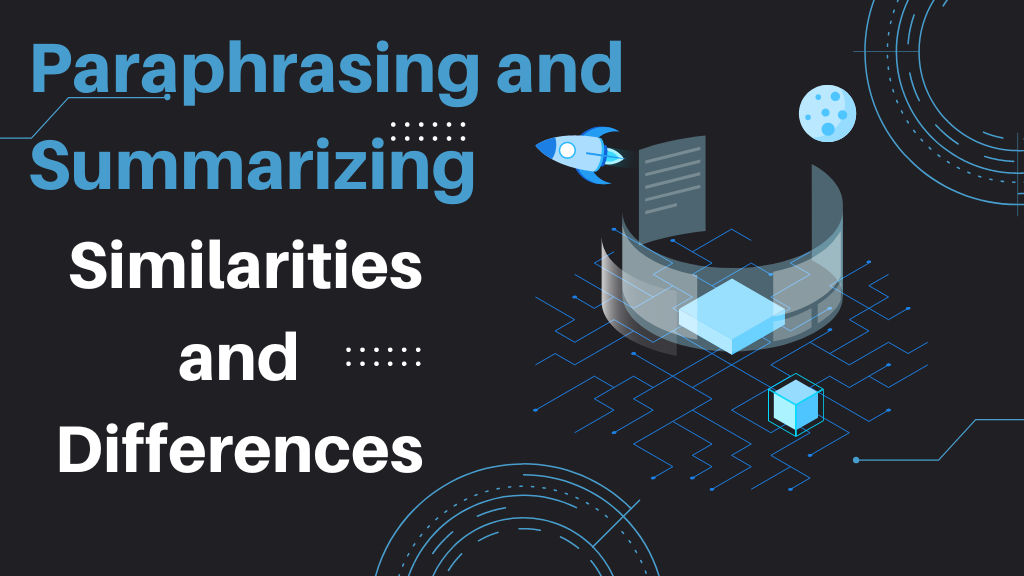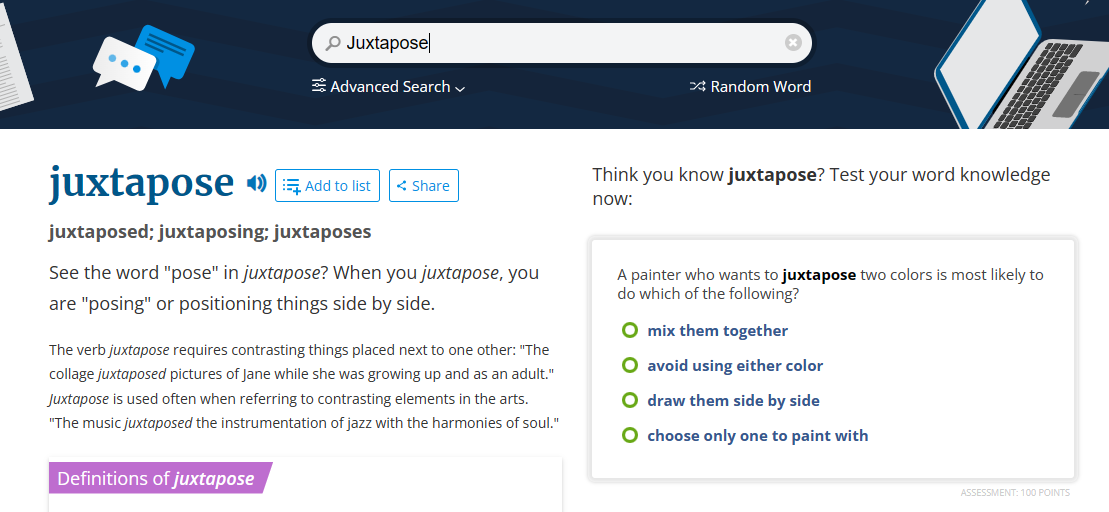Who is called the father of macroeconomics?
Alfred Marshall John Maynard Keynes Adam Smith Leon Walras
×
Macroeconomics as a modern discipline began with the publication of John Maynard Keynes's General Theory of Employment, Interest, and Money where he offered a new theory of economics that evolved into Keynesian economics.
Which article of the Indian Constitution describes it as rigid and flexible?
Article 332 Article 368 Article 300 Article 312
×
Article 368 of the Indian Constitution provides for two types of amendments.
1. By a special majority of Parliament.
2. By a special majority of the Parliament with the ratification by half of the total states.
What was the comparative advantage theory of David Ricacrdo?
When a country can produce a good or service at a lower opportunity cost than another country. Pursuit of self-interest, division of labor, and freedom of trade. A theory of free-market capitalism directly opposed to government intervention. A theory centers on entrepreneurship, knowledge, innovation and technological advancement.
×
Comparative advantage is an economy's ability to produce a particular good or service at a lower opportunity cost than its trading partners.
When was Objective Resolution moved and by who?
26 December 1946, Jawaharlal Nehru 13 December 1946, Jawaharlal Nehru 26 November 1946, Dr. B R Ambedkar 9 December 1946, Dr. Rajendra Prasad
×
On 13 December 1946, Jawaharlal Nehru moved the ‘Objective Resolution’. Objective Resolution enshrined the aspirations and values of the constitution-makers.
Constitution day of India is celebrated on
26th November 1949 26th November 1948 26th January 1950 26th November 1946
×
The Constitution of India was adopted by the Constituent Assembly on 26th November 1949 and came into force on 26th January, 1950.
⬅ Prev Next ➡






